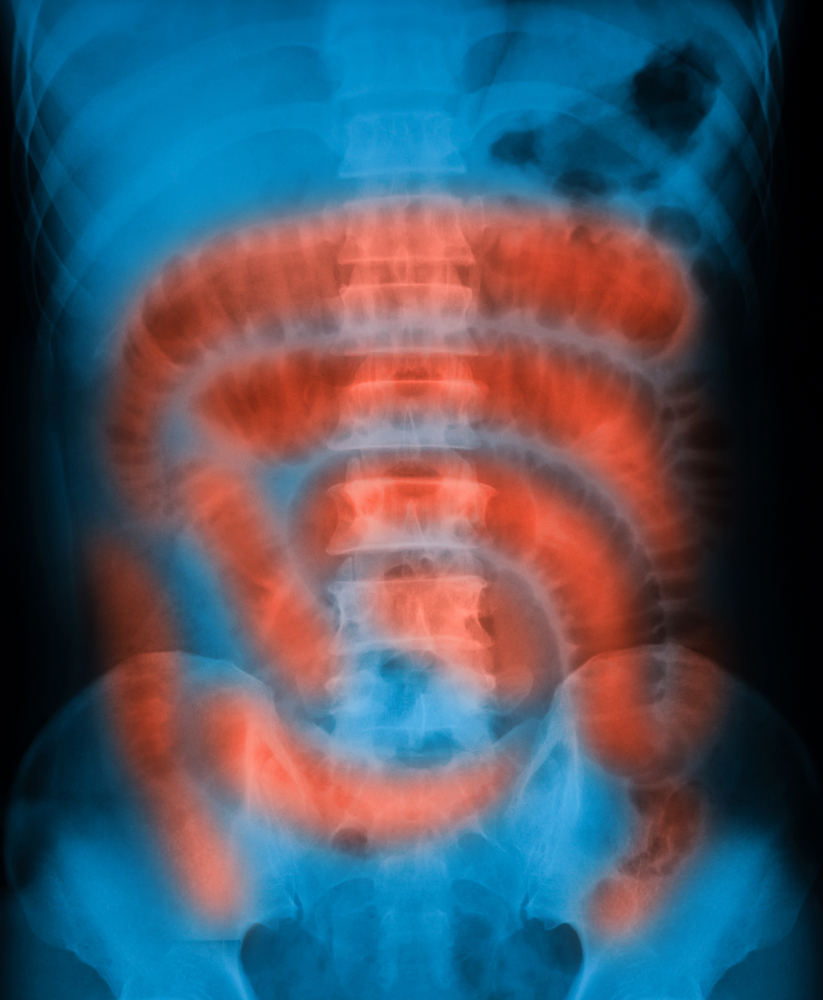Systemic Sclerosis Patient Reported for First Time with Both Watermelon Stomach and Colon, Researchers Say

Systemic sclerosis may lead to the appearance of gastrointestinal (GI) lesions that resemble the stripes of a watermelon, which explains the expression “watermelon stomach.” Although it is often restricted to the stomach, researchers presented, for what is believed to be the first time, a case of watermelon stomach and colon.
Their study, “Watermelon stomach and colon in a patient with diffuse cutaneous systemic sclerosis,” was recently published in the journal Modern Rheumatology.
GI complications, such as hemorrhages, low esophageal motility, and bacterial overgrowth, are common in systemic sclerosis patients. At times, patients can have watermelon stomach, which is characterized by vascular lesions coming from the pylorus, the valve that connects the stomach to the duodenum. These lesions are formed by dilated capillaries with chronic inflammation, and have been long recognized as one of the causes of GI tract bleeding.
Researchers in this study describe the case of a 46-year-old Japanese woman who was in the hospital with undiagnosed skin sclerosis and Raynaud’s phenomenon, a condition in which patients have extremely reduced blood flow in response to cold or emotional stress.
Upon examination, the patient was found to have skin sclerosis on her fingers, hands, forearms, upper arms, face, chest, thighs, and feet. Although the test for scleroderma-specific antibody was negative, the patient was diagnosed as having diffuse cutaneous systemic sclerosis. The patient was treated with immunosuppressant agents, but her sclerotic lesions progressed.
Four years after the first consultation, the patient was admitted to the hospital with severe anemia due to iron deficiency. On physical examination, she was found to have blood in her feces and a number of lesions in the GI tract, including watermelon stomach and colon, which remained unchanged after medication.
Endoscopic laser therapy has been used successfully in the treatment of watermelon stomach but, although it was planned for this patient, the treatment was not administered due to the deterioration of the patient’s condition. The patient eventually died of sepsis.
The researchers believe that watermelon stomach is more prevalent in cases of diffuse cutaneous systemic sclerosis. Although watermelon lesions in other parts of the GI tract are not common, several cases of watermelon colon have been reported, two of them associated with systemic sclerosis. This is, however, the first report of both a watermelon stomach and colon in a scleroderma patient.






